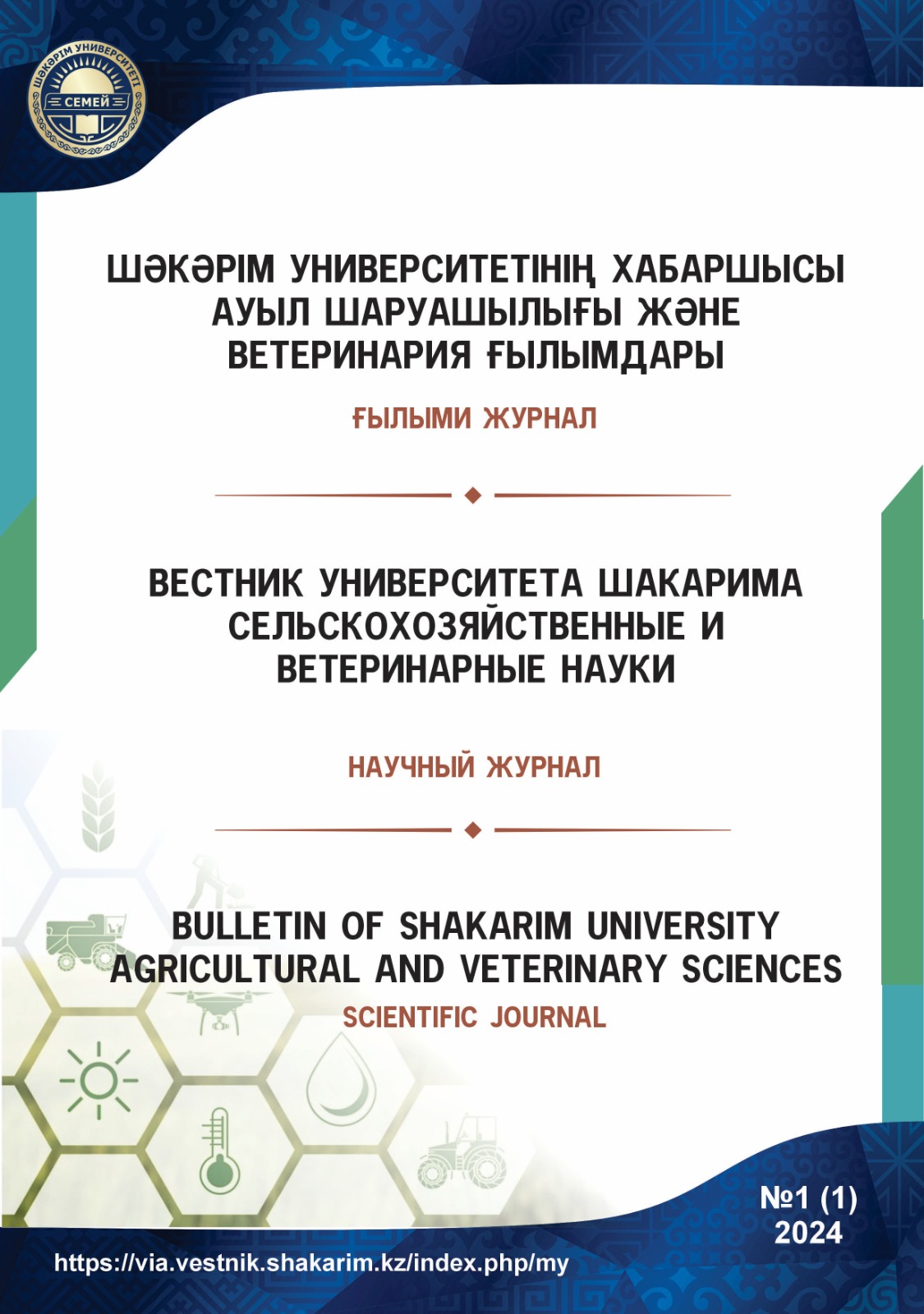QUALITATIVE INDICATORS OF WATER FROM THE WELL OF THE FOREST NURSERY
Keywords:
Chemical parameters, chlorides, hydrochlorides, mineralization, hardness, alkalinity, oxidizability.Abstract
The article presents the results of a study of water from a well according to organoleptic and chemical parameters. Since the quality of the water used in nurseries is important. In nurseries, watering is carried out as necessary throughout the growing season: after sowing, after the appearance of mass seedlings and during periods of rooting and formation of seedlings. In the case of a violation of the balance of water chemicals, diseases of varying complexity and clinical picture arise. After all, water, its norms and quality are the main factor in plant life. Wells belong to natural open sources. The standards determine the exact parameters for the organoleptic characteristics of such water, the presence of nitrates, bacteria and chemicals. Open reservoirs are characterized by the variability of chemical and bacterial composition, which varies depending on the time of year and atmospheric phenomena. The total number of standards for all groups of indicators according to the specified SanPiN is approaching a thousand. The analysis of the water quality taken from the well of the Glukhovsky forestry nursery corresponds to the norm. Based on the results obtained, we conclude that one of the main factors is the water from the well in balance and is not the reason affecting the survival, growth and development of Scots pine in the nursery of the reserve.
Downloads
Downloads
Published
Issue
Section
License
Copyright (c) 2024 The editorial staff of the journal follows the copyright law of the Republic of Kazakhstan and relevant international agreements. The authors retain their copyright and provide the journal «Bulletin of Shakarim University. Series of Historical Sciences» right of first publication of the manuscript. The author has the right to copy and distribute the material in any medium and in any format, subject to appropriate reference to the journal. Readers and users can freely copy, distribute and adapt the material, provided that the author of the work is indicated and a link to this journal is provided. Copyright presupposes the integrity and responsibility of each co-author who made a significant contribution to the writing of the article. The author has the right to store his publications in an institutional or other repository of his choice, provided he provides the appropriate link to the journal’s website.

This work is licensed under a Creative Commons Attribution-NonCommercial 4.0 International License.
Copyright presupposes the integrity and responsibility of each co-author who made a significant contribution to the writing of the article.
The author has the right to store his publications in an institutional or other repository of his choice, provided he provides the appropriate link to the journal’s website.




